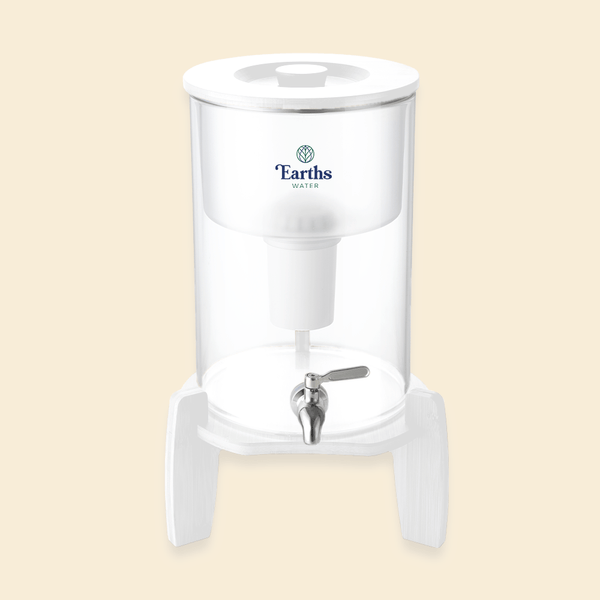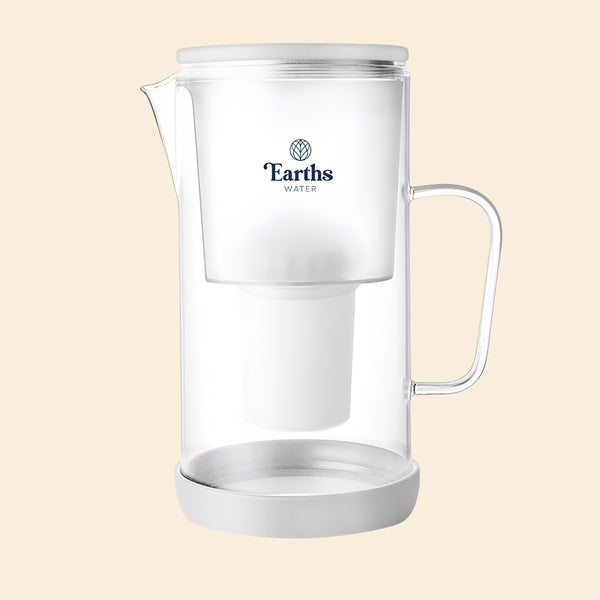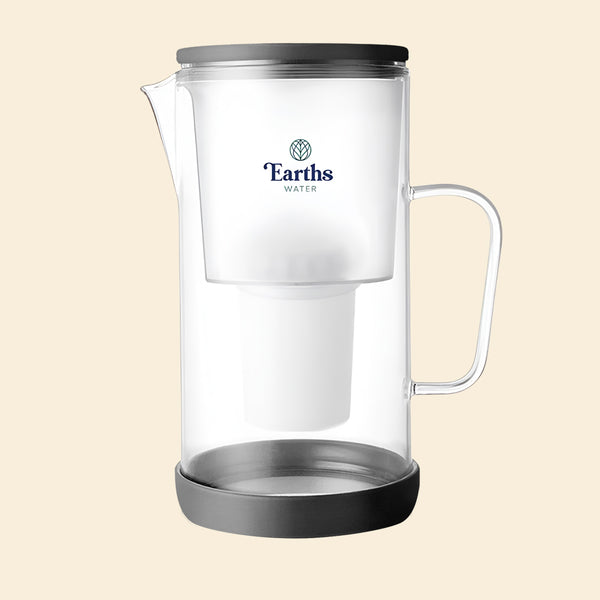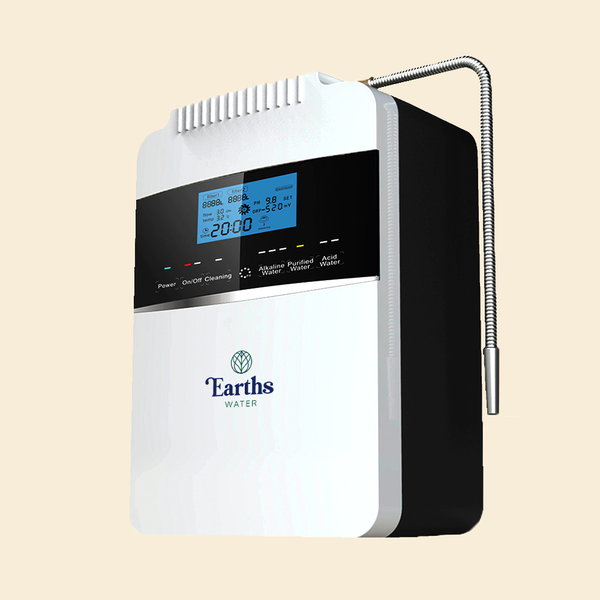
Remember that catchy song that gets stuck in your head for days? The one you can’t get rid of, no matter how hard you try? Well, imagine that, but for chemicals. A bit less fun, right? These are what scientists and environmental experts have dubbed "forever chemicals," and they're a topic that's been making a lot of noise in recent years, particularly here in Australia.
But what are they, and why should you care? We’re going to break down the big, scary words and explain why these so-called forever chemicals, or PFAS, are worth a chat—and what you can do about them.
What Are These Forever Chemicals, Anyway?
The official name for them is Per- and Polyfluoroalkyl Substances, which is a mouthful, so let's stick with the acronym: PFAS. These are a group of man-made chemicals that have been used in everything from non-stick frying pans to firefighting foams. They’ve earned their dramatic nickname because they don’t break down easily in the environment—or in our bodies. Once they’re in, they tend to stay.

That might not be a problem if they were harmless. Unfortunately, research shows PFAS can build up over time and potentially cause issues ranging from hormone disruption to certain cancers. And because they’ve been widely used since the 1950s, traces of PFAS are now found in soil, rivers, rainwater, and yes—our drinking water.
How Do PFAS Get Into Our Water?
If you’ve ever used a non-stick frying pan, ordered takeaway in grease-resistant packaging, or lived near a fire training site, you’ve already brushed shoulders with PFAS. They’re water- and oil-repellent, which is great for products, but disastrous when those same properties stop them from breaking down in nature.

Over decades, PFAS have seeped into soil, waterways, and groundwater. Once they’re there, they cycle through the system, meaning they can eventually find their way into the water coming out of your kitchen tap.
Why Should I Care? The Health & Environmental Reality Check
This is the big question. While science is still developing, a growing body of research from around the world, and here in Australia, is linking exposure to PFAS with a range of health concerns. There are even reports associating these chemicals with serious health conditions, including certain cancers, thyroid disease, altered sex hormone levels, reduced kidney function, and lower birth weights in babies.

Because they don't break down, they accumulate in the environment, too. They can be found in our soil, in wildlife, and in our waterways. This affects not only humans but the entire ecosystem. The challenge for our conventional water treatment plants is that they weren't designed to remove these persistent chemicals. This is why a lot of the responsibility for clean water falls back to us.
Can You Remove Forever Chemicals From Drinking Water?
Now, for the part of the story that doesn’t feel like a scary movie. You can be part of the solution. While the problem of PFAS in water can feel overwhelming, you have the power to make a direct and immediate impact on the quality of the water in your own home.
According to the US Environmental Protection Agency (EPA), reverse osmosis (RO), activated carbon filters, and ion exchange resin are all effective in lowering PFAS levels. That’s where sustainable, at-home filtration steps in. Instead of buying endless bottles of “purified” water (which often come with their own plastic and carbon footprint problems), you can use a trusted system right where you need it most.
Earths Water Solutions for PFAS and Beyond
At Earths Water, we’ve put more than 20 years of research and development into our proprietary COREtech™ filter technology to tackle a wide range of contaminants, including PFAS.
Our filters use a powerful combination of natural coconut shell activated carbon and ion exchange resin. Think of the activated carbon as a highly porous sponge that traps the PFAS chemicals as water flows through it, while the ion exchange resin works to grab and hold onto any lingering particles.

Our favourite picks for tackling PFAS while keeping your kitchen plastic-free are:
3.5L Glass Carafe Water Filter
Perfect for smaller households, this carafe keeps things sleek and sustainable with borosilicate glass and natural bamboo. It’s compact, easy to use, and removes nasties without any plastic leaching into your drink.
9L Glass Benchtop Water Filter
This benchtop is a step up for families or avid water drinkers. It offers the same toxin-free build (no plastic here) and delivers a steady supply of filtered water, ideal for those hot summer days when the jug just won’t keep up.
Under Sink RO Water Filter
If you want the gold standard in contaminant removal, this one’s it. Our tankless under-sink water filter uses reverse osmosis to strip out up to 99% of contaminants including PFAS, fluoride, bacteria, and viruses without cluttering your benchtop. It even has a smart filter indicator so you know exactly when it’s time for a change.
Together, these options mean you can enjoy clean, safe drinking water without contributing to plastic pollution—or worrying about what’s really in your glass.
Everyday Choices That Help Reduce PFAS Exposure
Filtering your water is a powerful step, but it’s not the only one. Everyday habits can also limit your exposure and reduce the demand for products that keep PFAS in circulation. A few simple switches include:
-
Skip non-stick cookware where possible. Stainless steel and cast iron may need a touch more elbow grease, but they won’t leave PFAS behind.
-
Cut back on takeaway packaging. Those grease-resistant wrappers often contain PFAS. Opt for dine-in, or bring your own containers.
-
Avoid stain-resistant treatments on carpets and furniture. They’re convenient, but they often rely on PFAS chemistry.
-
Say no to bottled water. Not only does filtering at home cut plastic waste, it also reduces your household’s carbon footprint.
For families, especially with kids, these changes go a long way in reducing long-term exposure. If you’re curious about why filtered water is a smart move for little ones, check out our blog Do Kids Need Filtered Water For Better Health?
Beyond Filtration: Making a Conscious Choice

Choosing to filter your water is an empowering step, but it’s just one part of the bigger picture. It’s about joining a community of people who are conscious of their impact on the planet and the health of their families. By making the switch from single-use plastic bottles to water filters at home, you’re making a deliberate choice to reduce your environmental footprint.
If you’re interested in learning more about how you can make small, everyday changes that have a big impact, check out our related blog post.
At the end of the day, no one wants forever chemicals hanging around. Taking control of your drinking water is a simple, effective way to reduce your exposure and feel confident in the water you and your family are consuming every single day. Because when it comes to clean, healthy water, you shouldn’t have to settle for anything less.









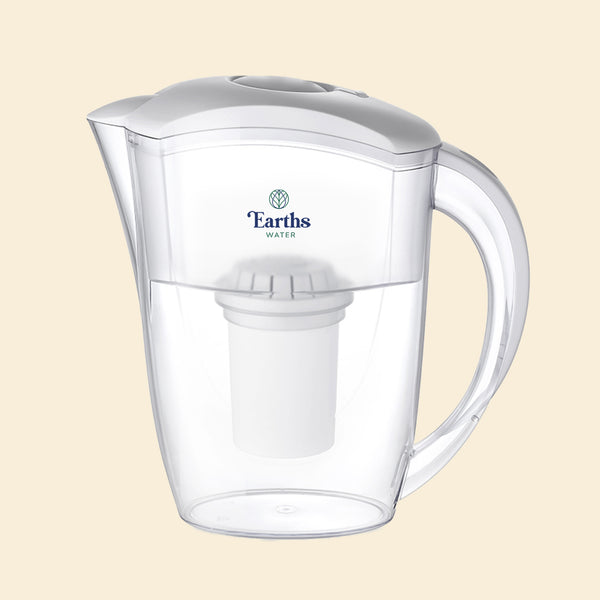
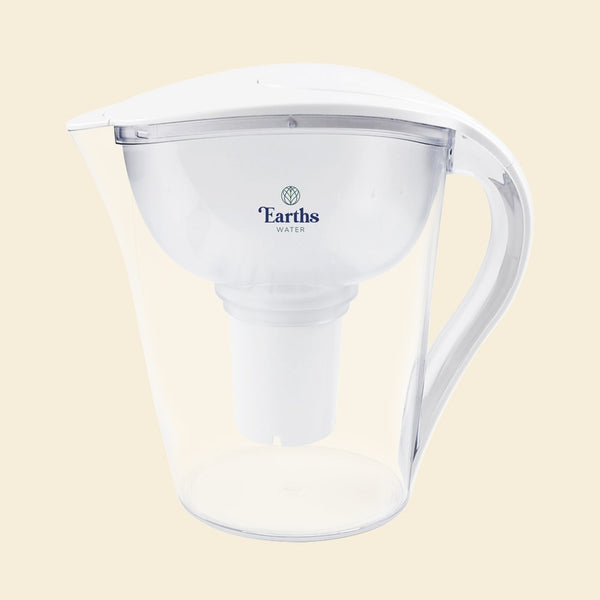
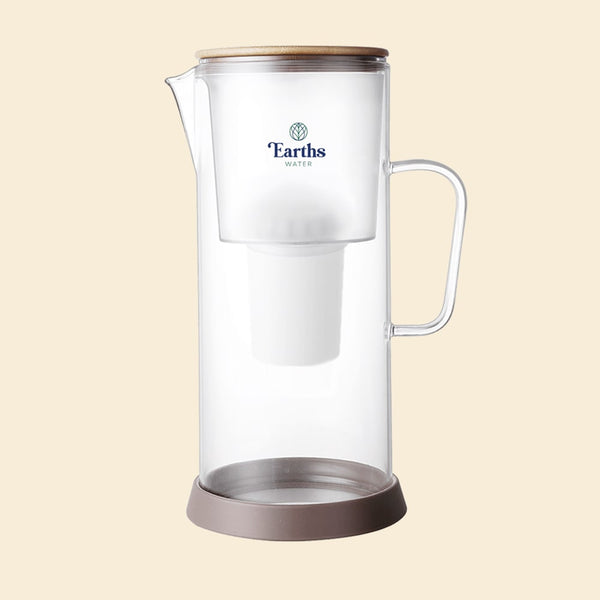
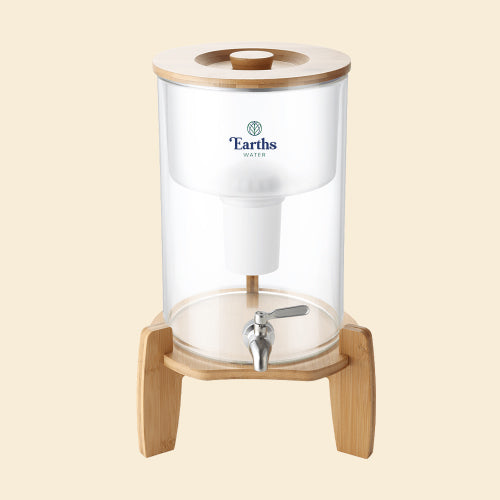
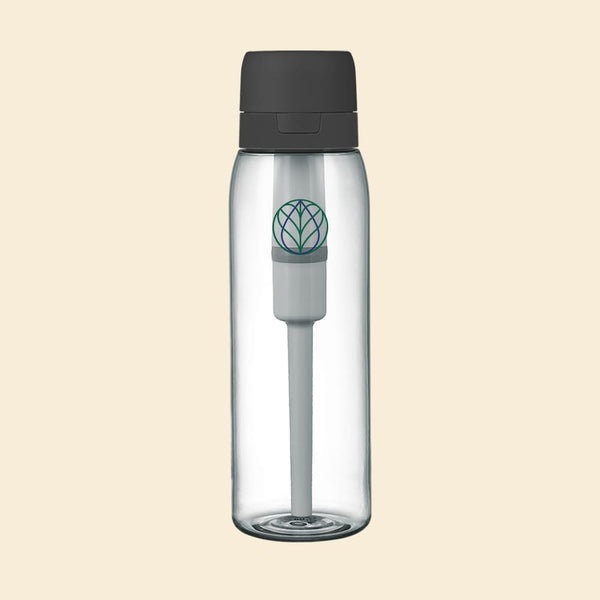
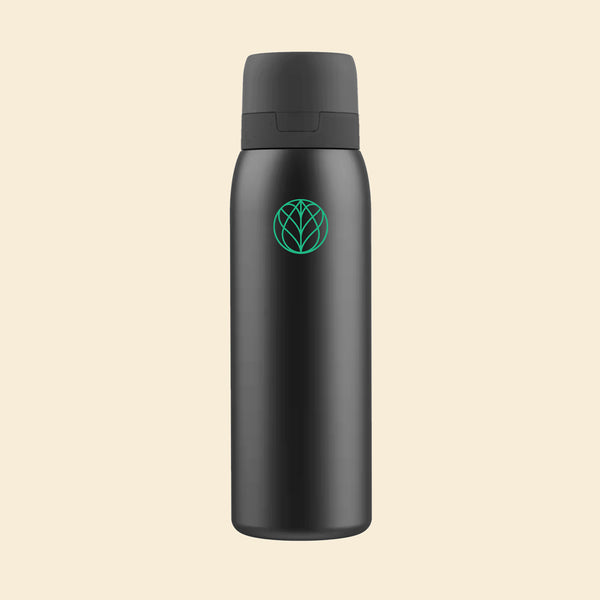
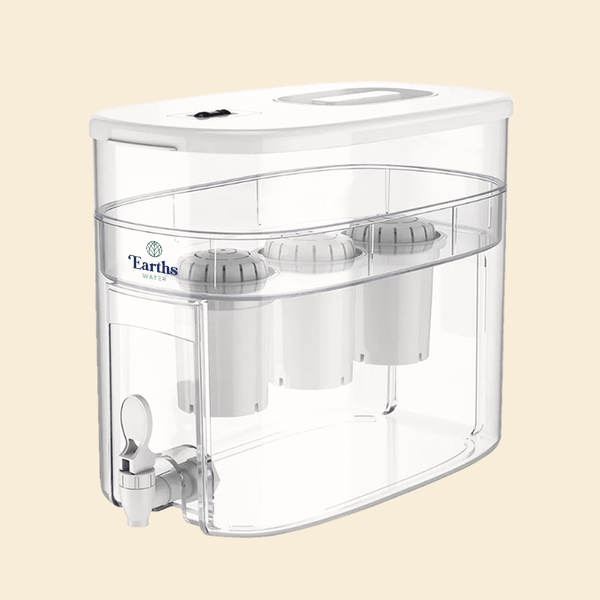
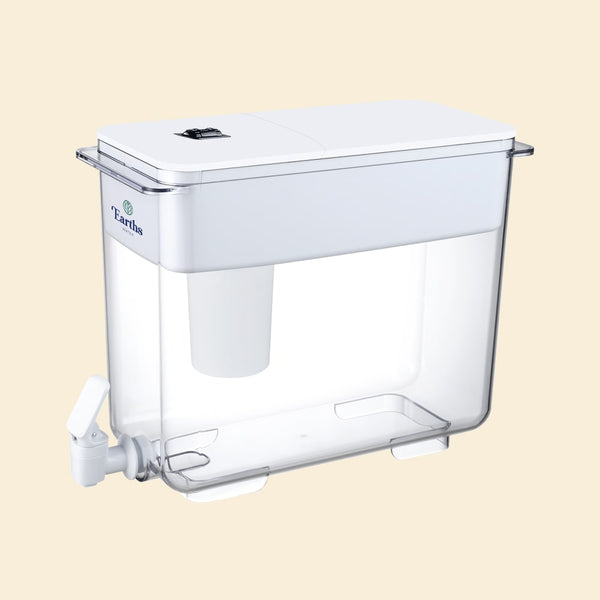
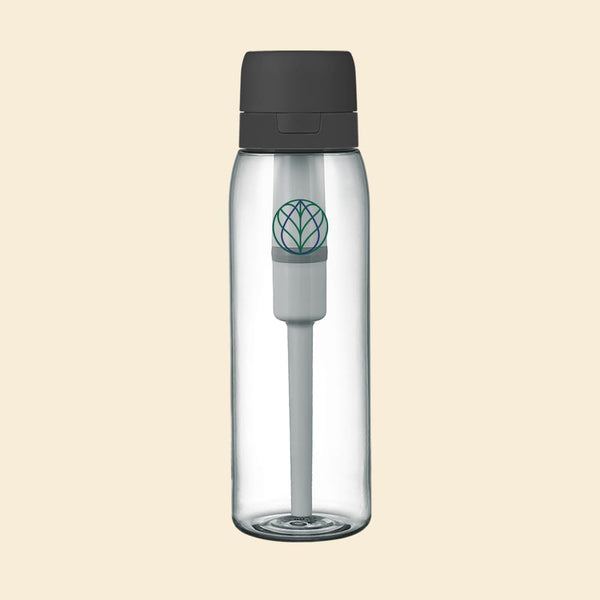
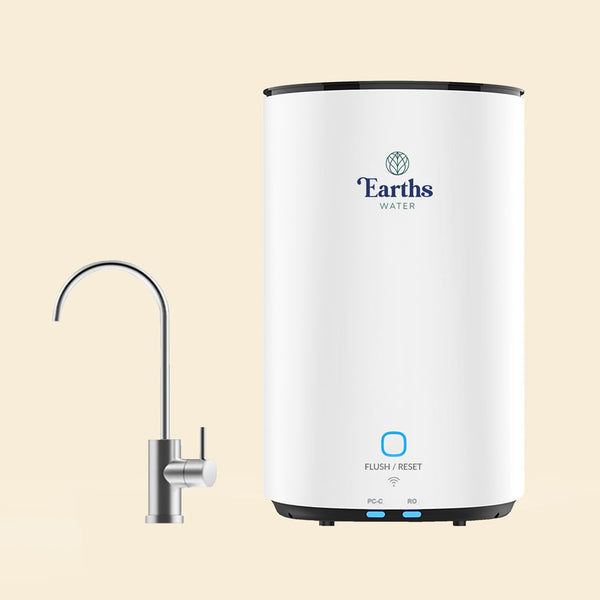
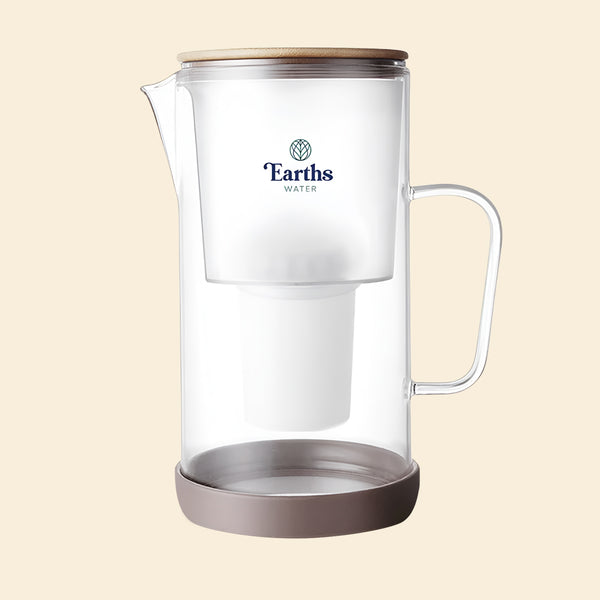
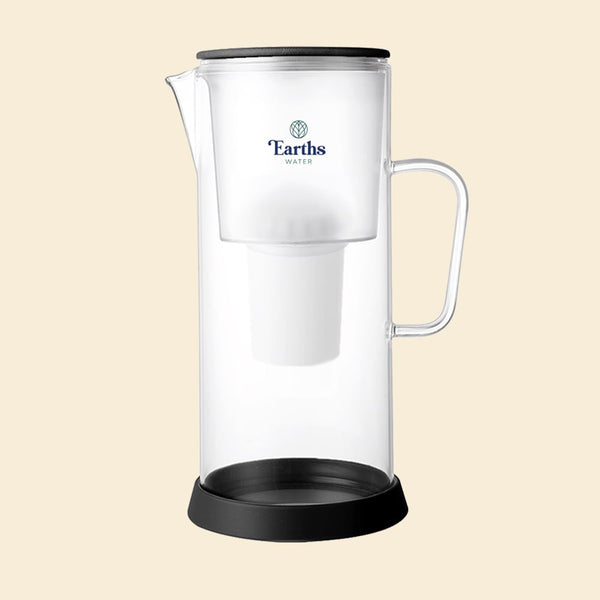
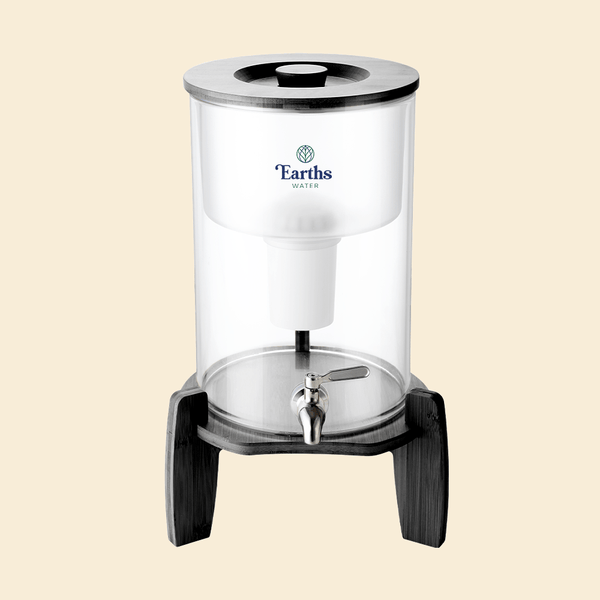
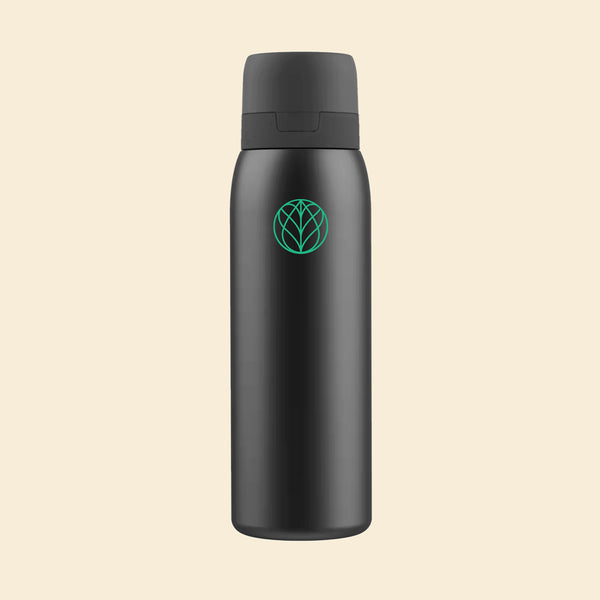
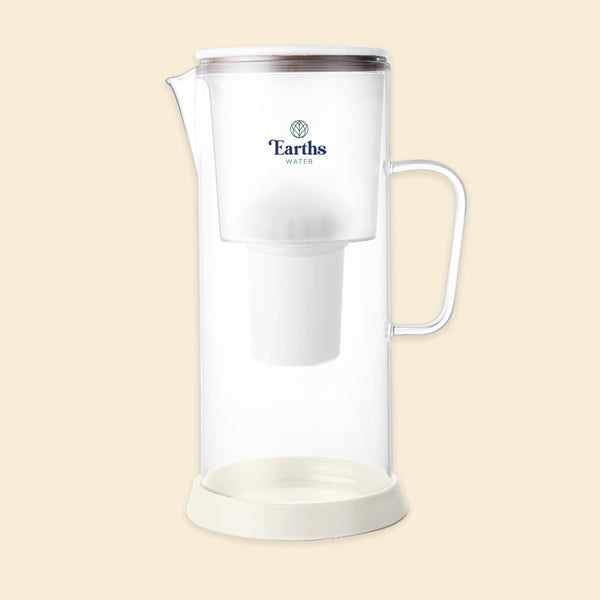
![9L Glass Benchtop Alkaline Water Filter - Eco Acacia [LIMITED EDITION]](http://earthswater.com/cdn/shop/files/ACACIA-BENCHTOP-FRONT-BEIGE_600x600.png?v=1743392740)
